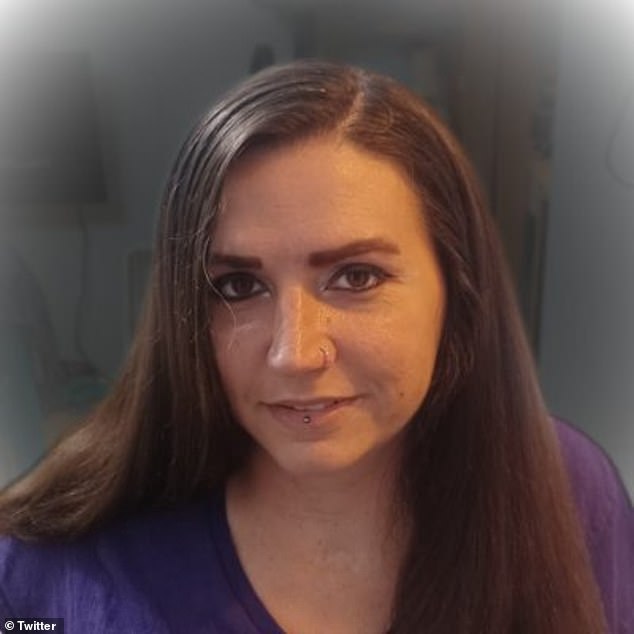
Neuralink Recipient Chronicles Transformative Impact of Musk’s Brain-Computer Interface
Paralyzed Woman Writes Name Again with Neuralink’s Brain Implant
[Image: Audrey Crews using a computer with Neuralink’s interface]
Audrey Crews, a Louisiana woman paralyzed for 20 years, has become the first person to regain digital communication through Elon Musk’s Neuralink brain implant. After a car accident at age 16 left her quadriplegic, Crews recently wrote her name using a mind-controlled cursor, marking a milestone for brain-computer interface (BCI) technology.
Breakthrough After Two Decades
In 2005, Crews suffered a severe neck injury (C4-C5 vertebrae) in a car crash, losing movement and sensation in her limbs. This month, surgeons at the University of Miami Health Center implanted Neuralink’s quarter-sized N1 device into her motor cortex. The procedure involved drilling a small hole in her skull to insert 1,024 electrode-laden threads, thinner than human hair, to detect neural signals.
[Image: Neuralink’s N1 implant]
How It Works
The N1 implant translates brain activity into digital commands via Bluetooth. When Crews imagines moving her hand, the device detects electrical impulses and relays them to a computer, enabling her to control a cursor, type, and draw. “It’s like moving a cursor with your mind—no physical movement needed,” she explained on social media.
First Steps Toward Independence
Crews shared her progress on X, showcasing her cursive signature “Audrey” and colorful drawings of hearts, flowers, and rainbows. “I tried writing my name for the first time in 20 years. I’m working on it. Lol,” she posted. While the implant won’t restore limb movement, it offers newfound autonomy. Crews hopes to write a memoir: “I’ve been a quadriplegic since 16—I have lots to tell.”
[Image: Crews’ on-screen signature and drawings]
Neuralink’s Vision and Challenges
Founded by Musk in 2016, Neuralink aims to merge human cognition with AI and address neurological disorders. The N1, unveiled in 2019, is still in trials. Earlier patient Noland Arbaugh experienced thread retraction, requiring software adjustments to maintain functionality. Musk replied to Crews’ achievements, stating, “Most people don’t realize this is possible.”
[Image: Surgeons implanting the N1 device]
The Future of BCIs
Though the technology currently interprets movement-related thoughts only, Musk envisions expanded applications, from treating ALS to enhancing human capabilities. For Crews and eight other trial participants, it’s a life-changing tool. Asked if she imagined such progress, Crews said, “Not in my wildest dreams—but the future is here.”
[Image: Neuralink’s interface translating brain signals]
This milestone underscores BCI’s potential to restore independence for paralyzed individuals, blending neuroscience and innovation in unprecedented ways.


